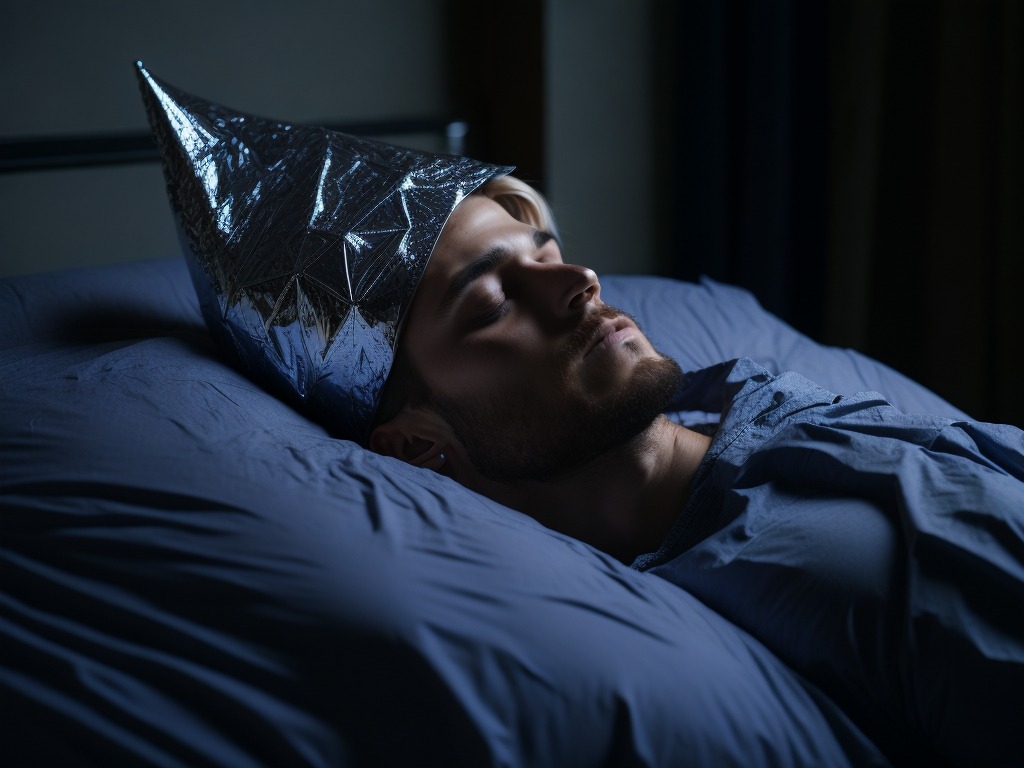Phase states (lucid dreams, sleep paralysis, false awakenings, out-of-body experiences, etc.) have been recognized for a long time, but they have not always been acknowledged by the scientific community. Today, when the reality of the phenomenon itself is unlikely to cause doubts, other questions arise. For example, what causes these states? Are they dangerous? How can they be used, and what benefits can you get from them?
Authors from Brazil and the USA, led by Maria Eduarda Sodré and with the participation of Sergio Mota-Rolim—a permanent researcher on lucid dreams—dealt with another question: Is the phase state normal? The authors divided the unusual states associated with sleep into three groups: physiological, pathological, and altered states of consciousness.
Physiological states include daydreaming (wandering of the mind in reality), lucid dreams, and false awakenings. This is a kind of norm. According to scientists, these conditions occur in ordinary healthy people, even if they are a minority.
But sleep paralysis is a pathology. To the same group, the authors attributed sleepwalking and a similar REM sleep behavior disorder that occurs when a person talks in their sleep or moves their limbs (sometimes the movements are small movements, and sometimes they are aggressive, including punches and jumps, due to which they can harm themselves or others). However, scientists consider this a pathology only if it happens often and affects one’s health or social life.
Altered states of consciousness are caused by hypnosis, anesthesia, and psychedelics. The authors add that the latter case resembles lucid dreams.
Does your practice of the phase states relate to the norm or pathology?
The article was published in June 2023 in the Journal of Clinical Medicine.
Get all the latest news about lucid dreams via our channels on Telegram, Facebook, Twitter




